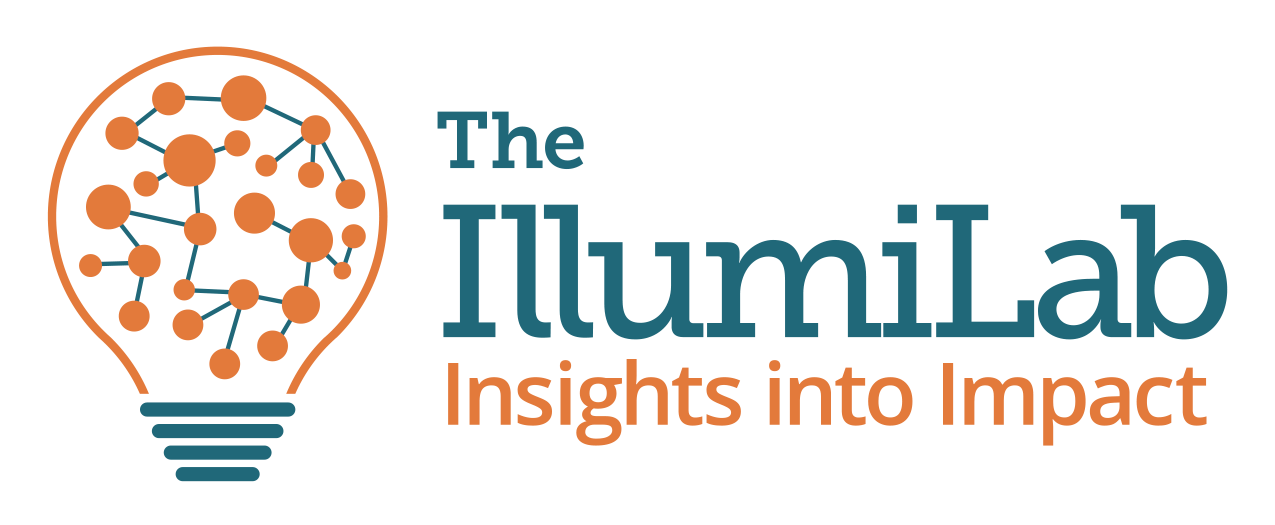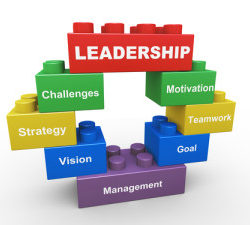Evaluative Thinking: The Heart of (Meaningful, Useful) Evaluation
Anytime we do things for the “wrong” reasons, there’s a good chance that experience will be less fulfilling, less meaningful, and less useful than if we’d done it for the “right” reasons. The same is true of evaluation. When we do it because someone tells us to (funder, donor, accreditor) and not because we want[…]









